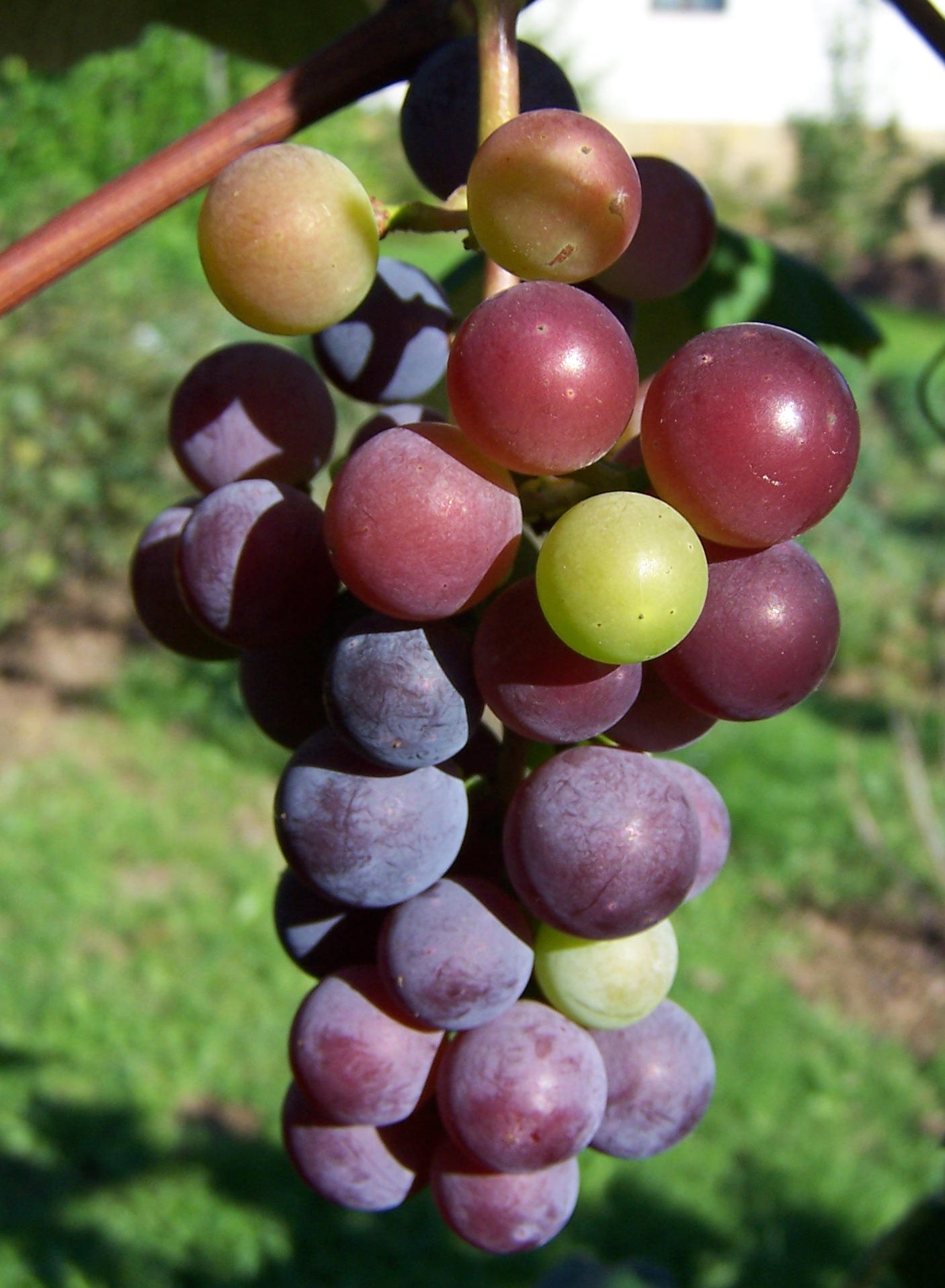 A group of archaeologists working in Armenia had something to toast in the new year: they announced that they had unearthed a surprisingly advanced winemaking operation, discovered in a cave hear a remote Armenian village. The operation dates back 6,000 years-making it the earliest known site in the world for wine-making with grapes!
A group of archaeologists working in Armenia had something to toast in the new year: they announced that they had unearthed a surprisingly advanced winemaking operation, discovered in a cave hear a remote Armenian village. The operation dates back 6,000 years-making it the earliest known site in the world for wine-making with grapes!
This exciting new discovery was reported in the peer-reviewed Journal of Archaeological Science on Tuesday, January 11, 2011. Journalists from the Associated Press, The New York Times, Washington Post, and National Geographic News Online, among others, contacted Penn Museum experts to get feedback and perspective on this latest discovery from Dr. Patrick E. McGovern, Scientific Director of the Biomolecular Archaeology Laboratory and author of the award-winning, Uncorking the Past: The Quest for Wine, Beer, and Other Alcoholic Beverages, Univ. California, 2010/2011, and from Dr. Naomi F. Miller, Research Project Manager, Near East Section, for National Geographic.
“99% of the wine we drink today stems from that earliest grapevine domestication event that now seems clearly to have taken place in that region.”
– Dr. Pat McGovern
Photo (top): Vitis vinifera (pl. winorośl szlachetna), Wikimedia Commons.
The Wall Street Journal produced this video that featuring photographs from the dig.
For further reading
Nationwide, Associated Press, Randolph E. Schmid: Earliest known winery found in Armenian cave
LA Times, Thomas Maugh: Ancient winery found in Armenia
Washington Post, Marc Kaufman: Ancient winemaking operation unearthed in Armenian cave
New York Times, Pam Belluck: Cave Drops Hints to Earliest Glass of Red
National Geographic News on-line, James Owen:
Earliest Known Winery Found in Armenian Cave: Barefoot winemakers likely worked in cave where oldest leather shoe was found
Wall Street Journal, Robert Lee Hotz: Perhaps a Red, 4,100 B.C.
